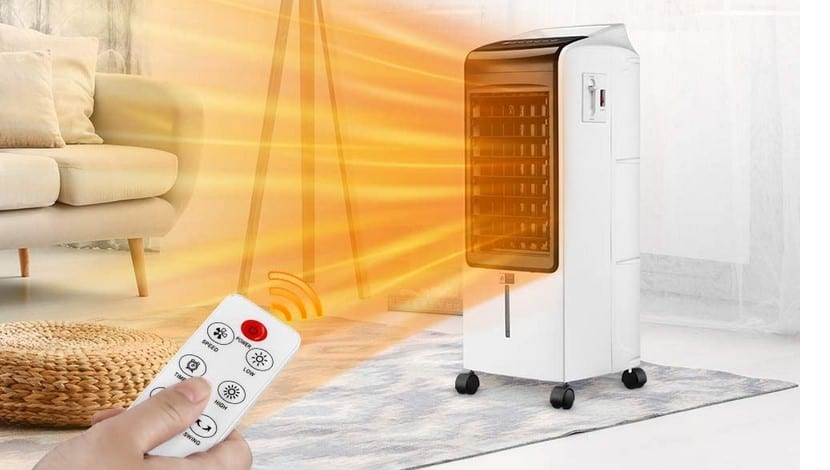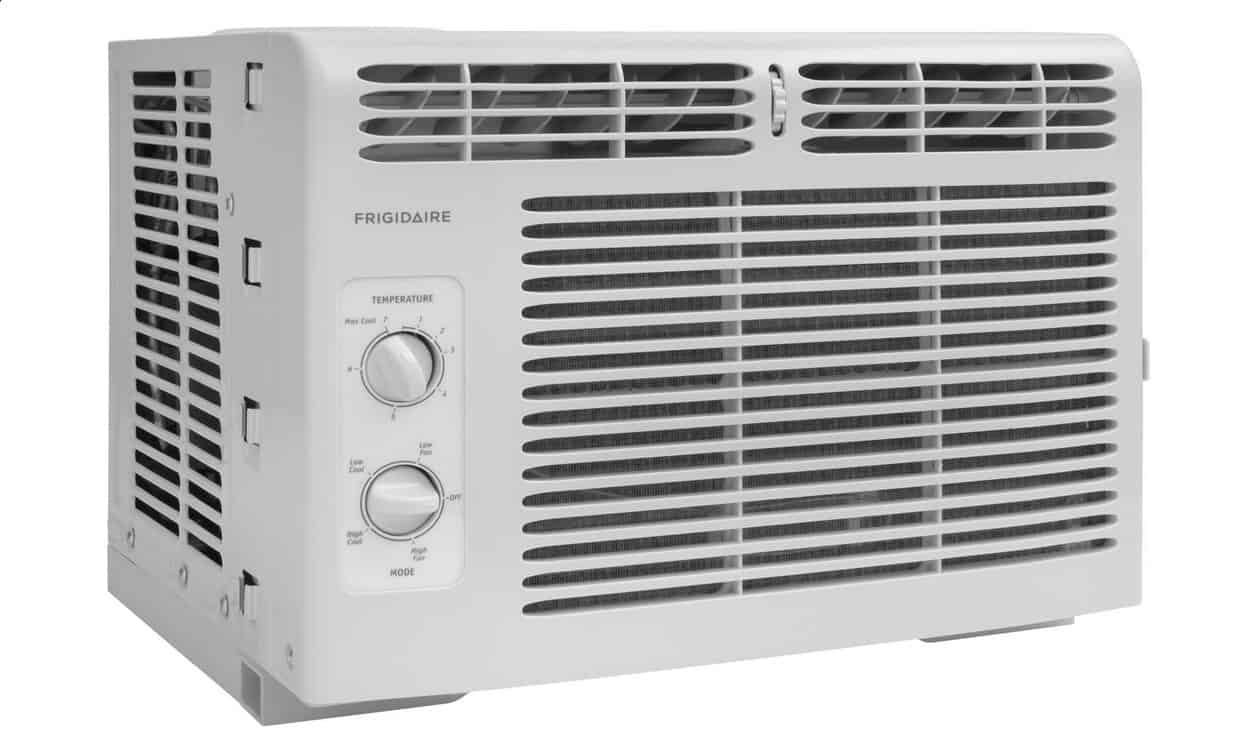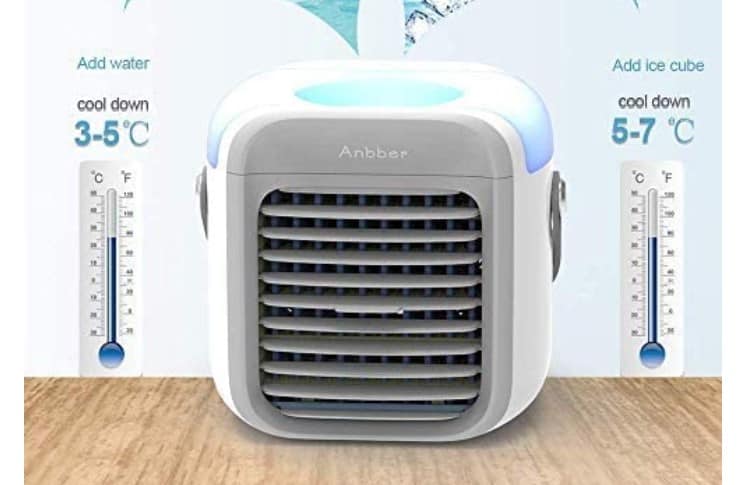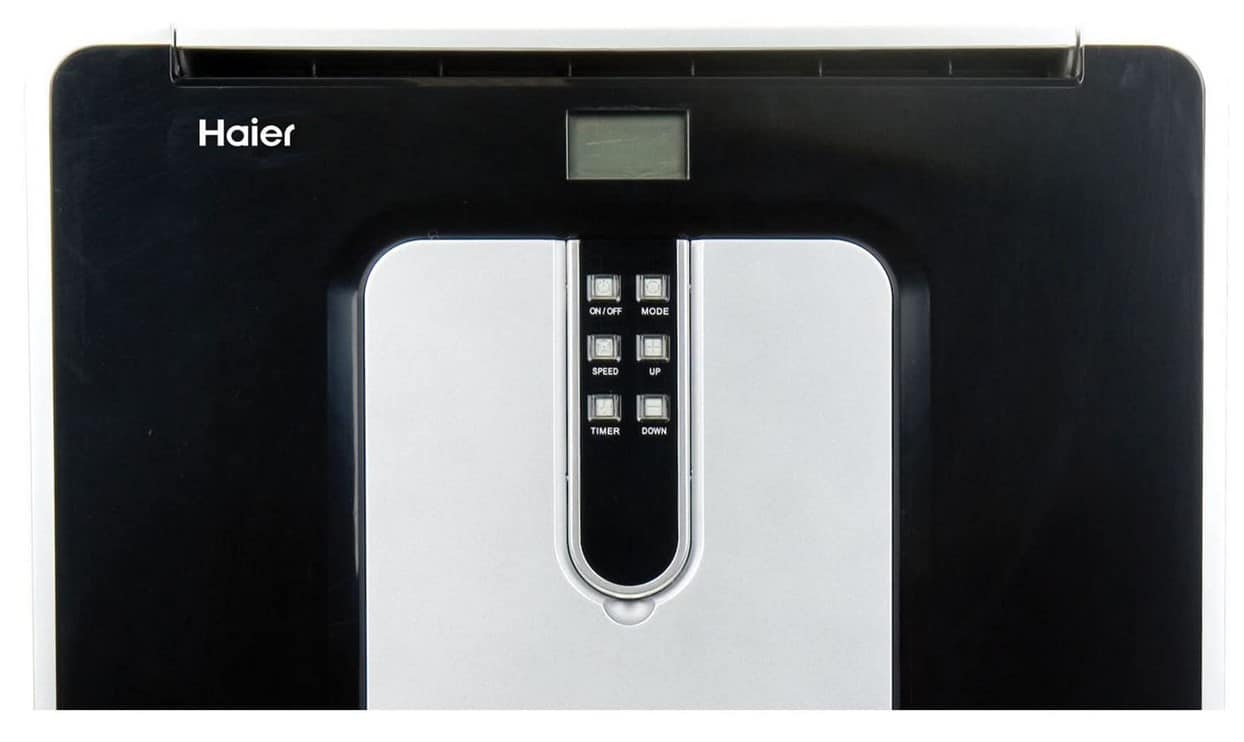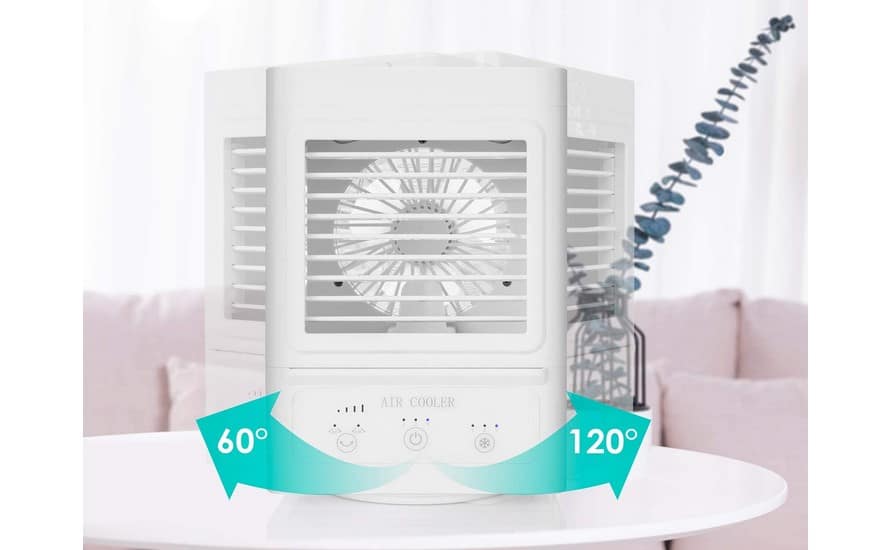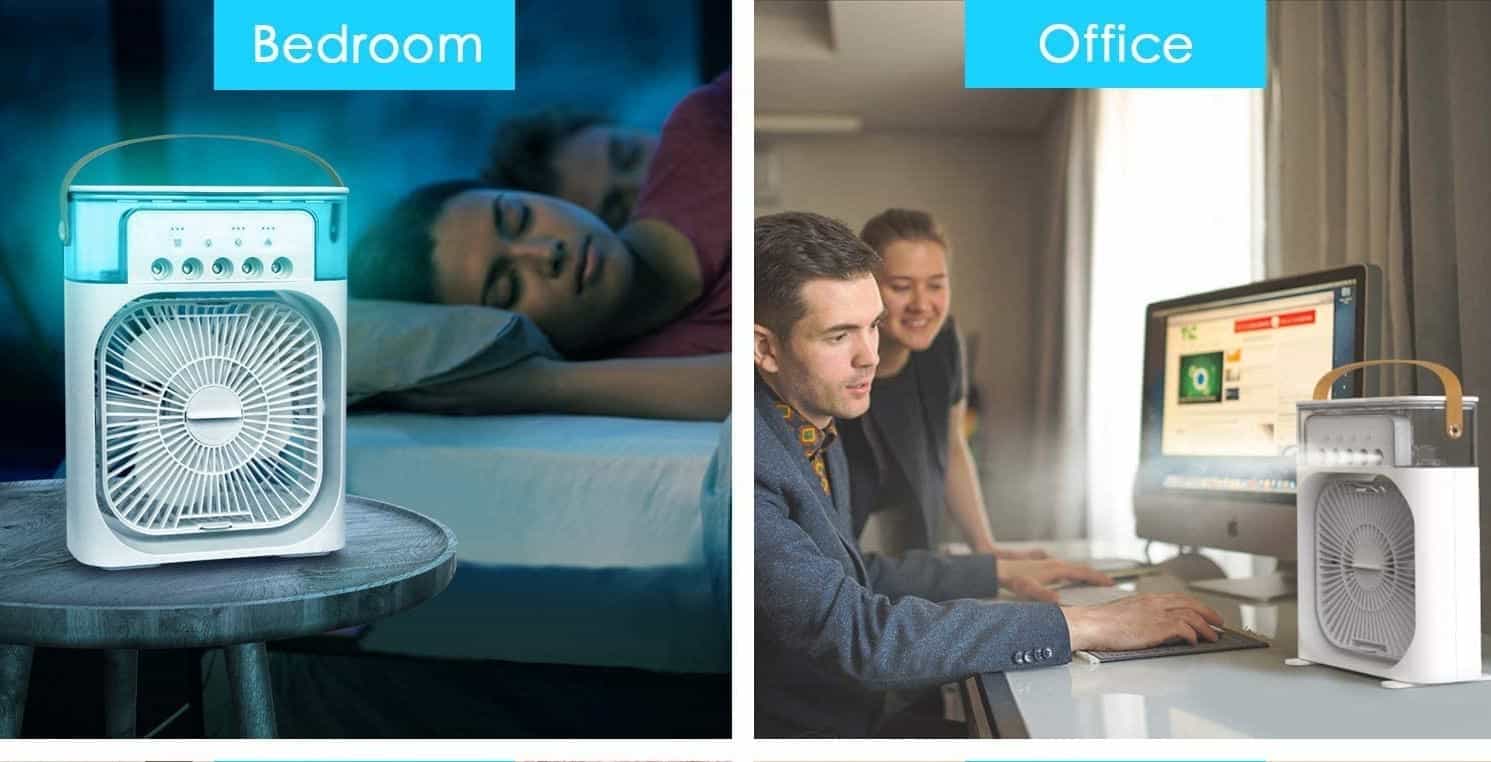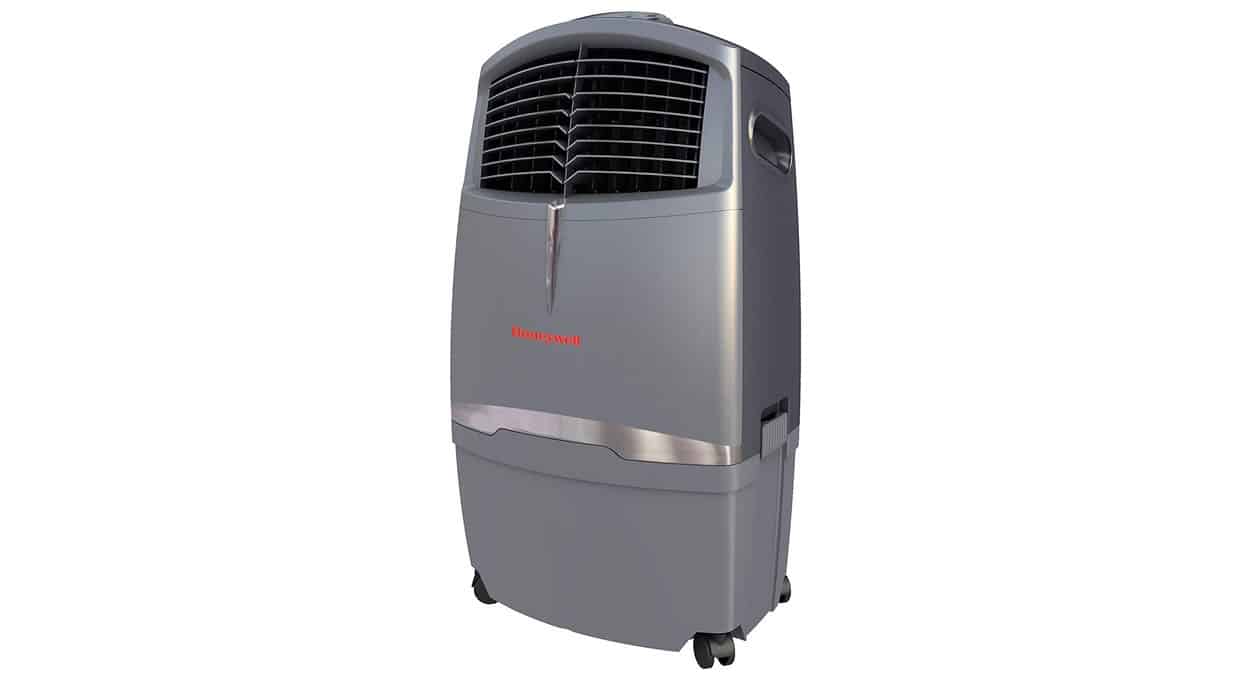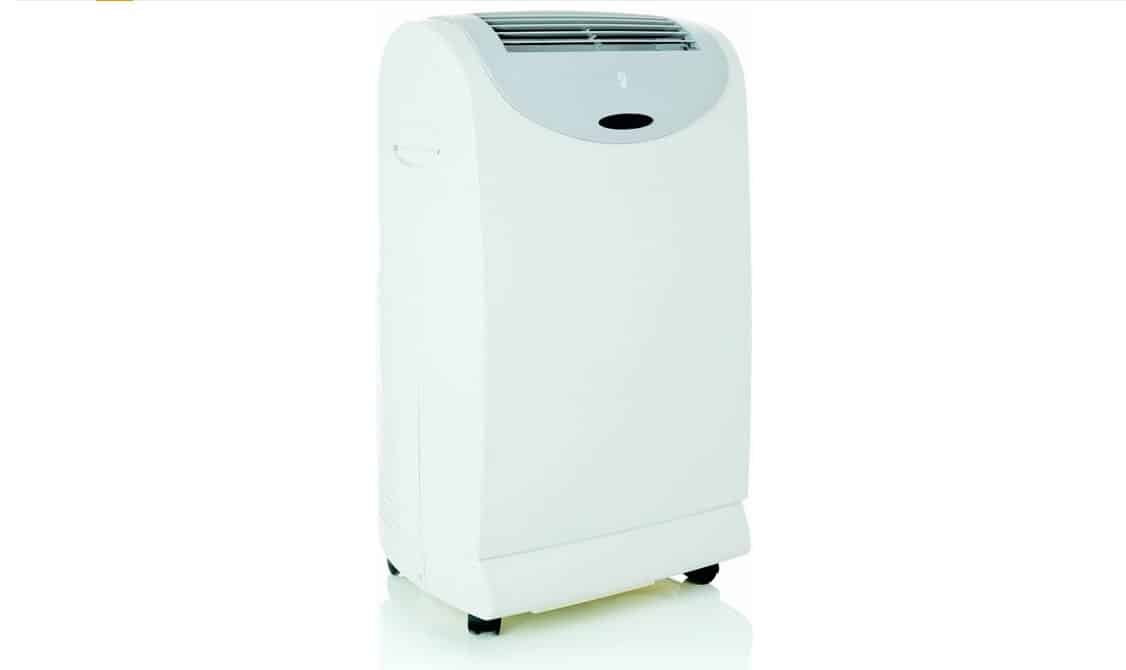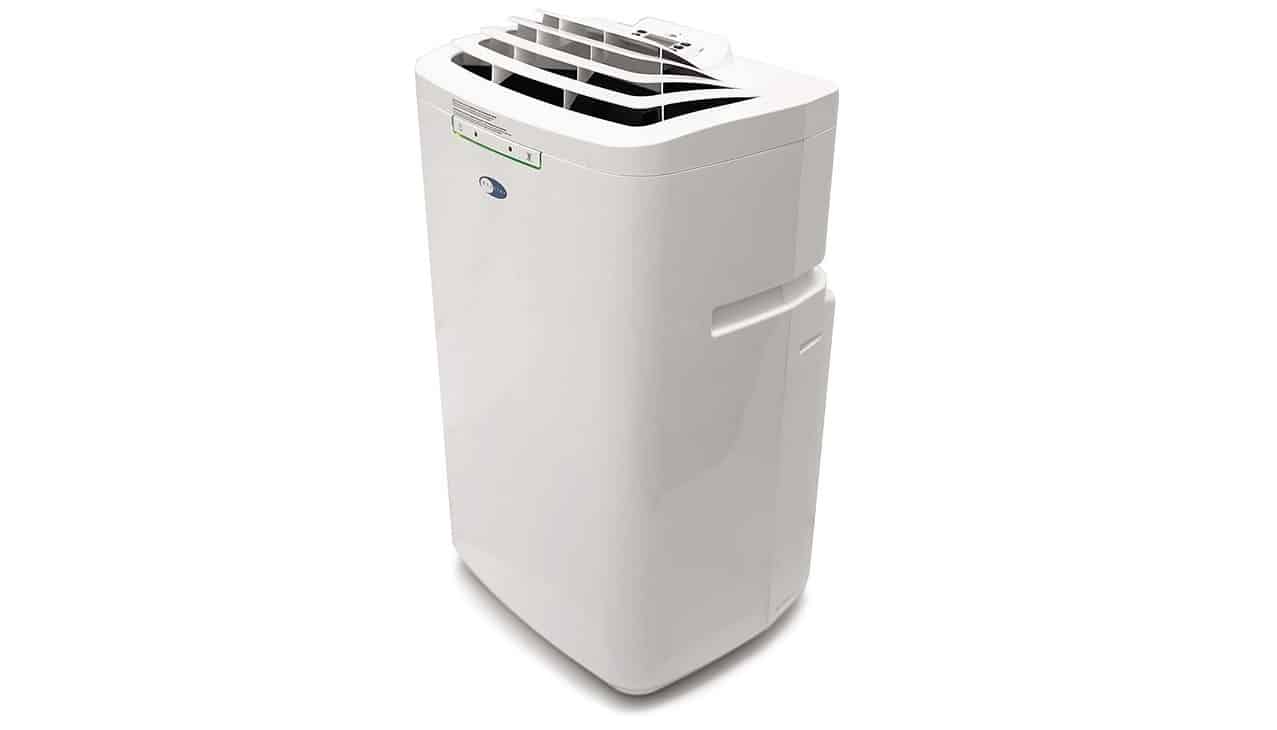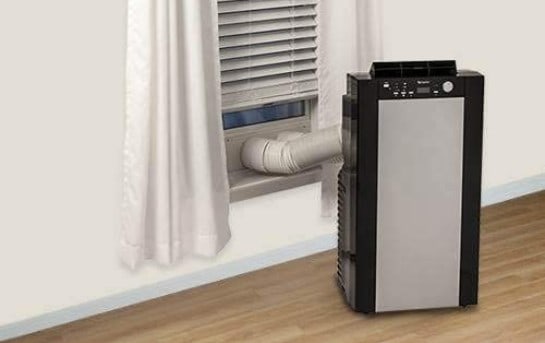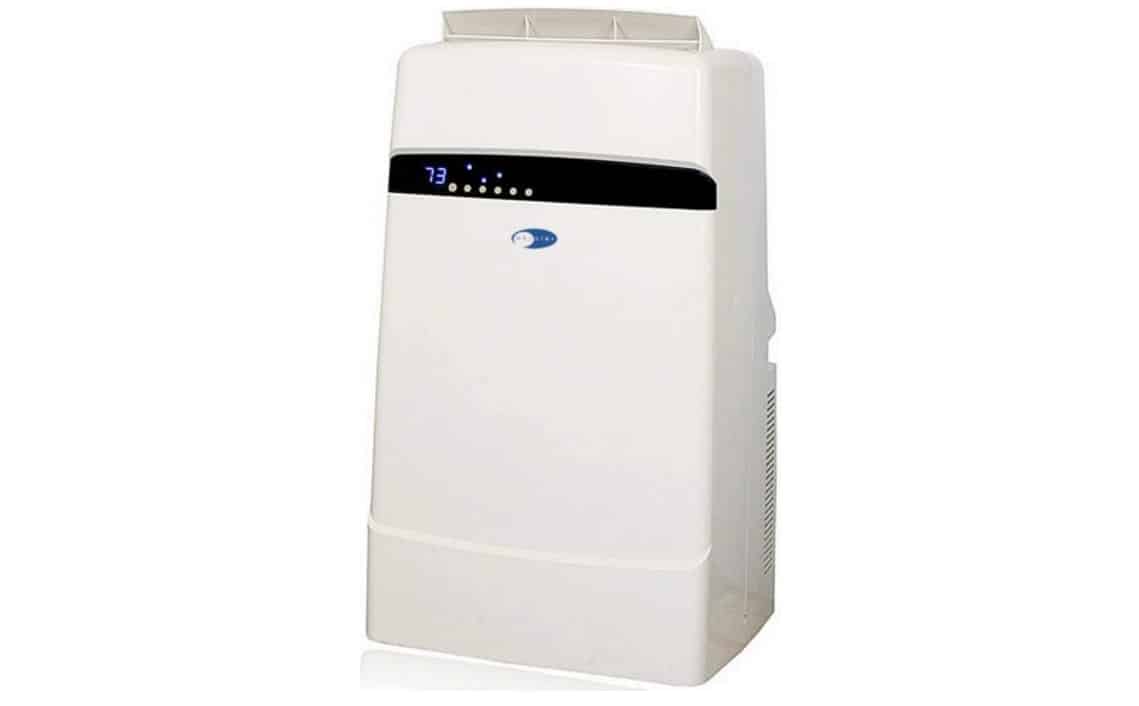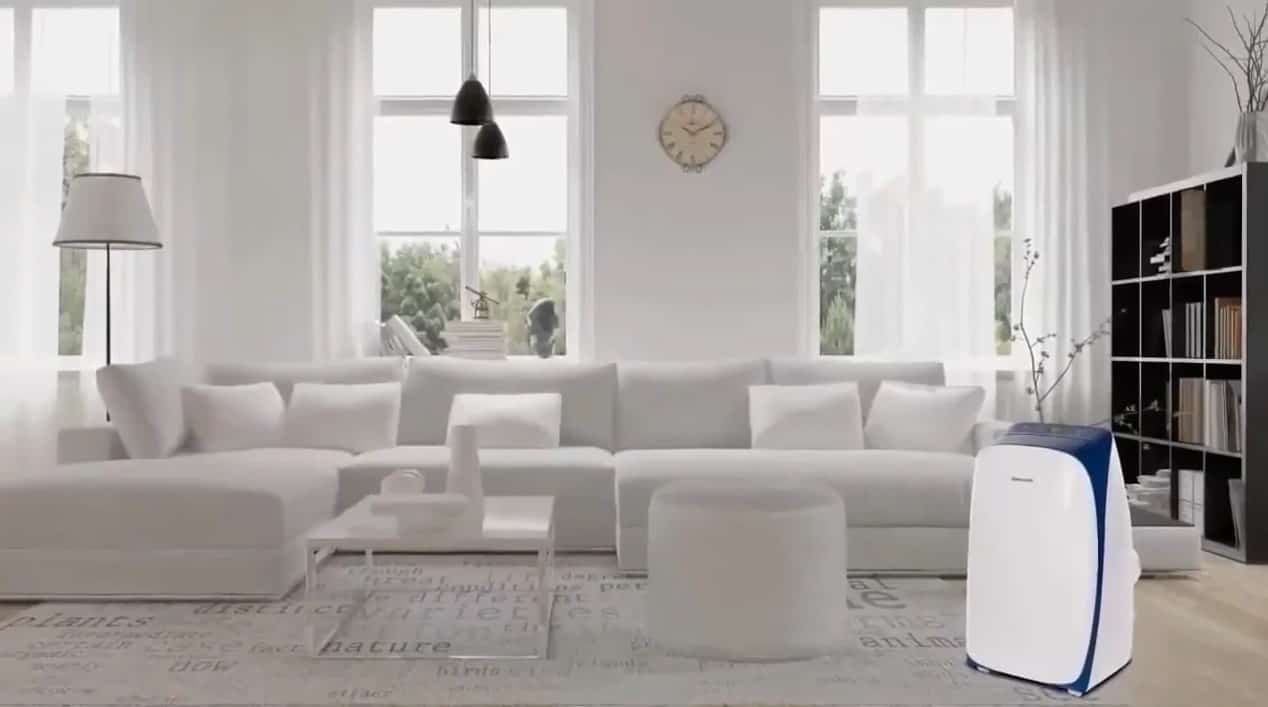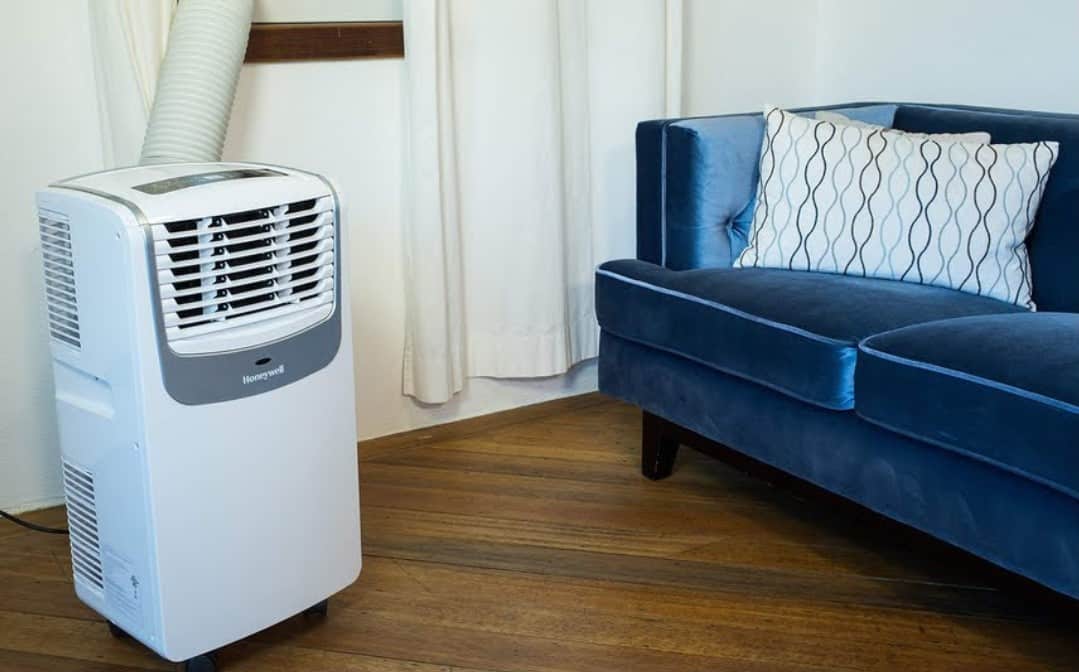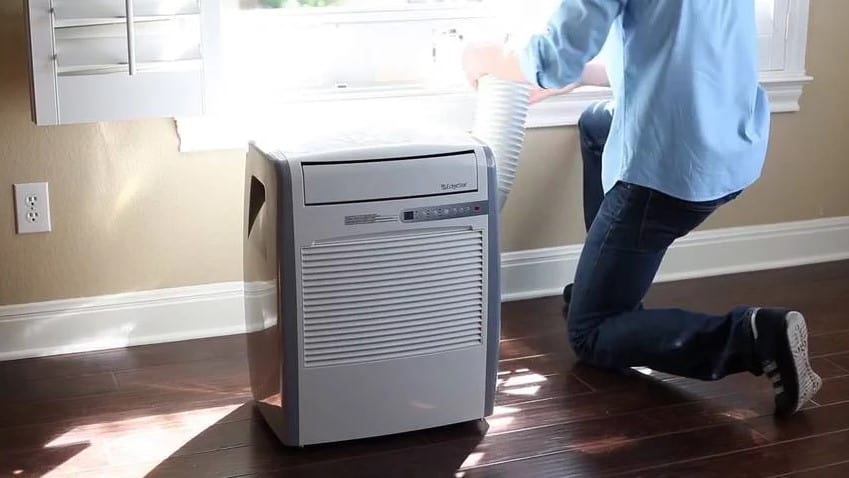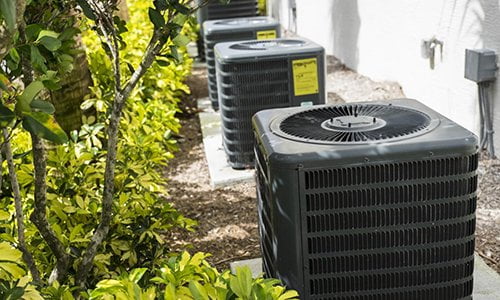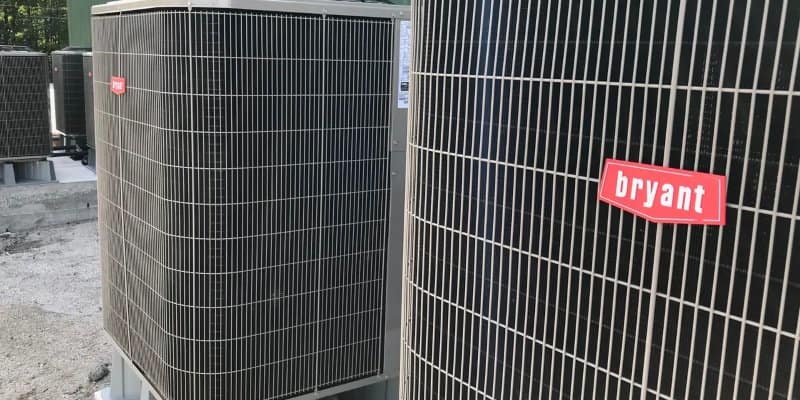If you’re weighing the pros and cons of a single split vs. multi-split air conditioner, there are several factors you’ll have to consider along with your specific needs. This includes whether you need a dehumidifier vs an air conditioner, or both. The best air conditioner for the job will be the one that meets the conditions of your space without going beyond your budget.
KEY TAKEAWAYS:
- Single split air conditioners are ideal for targeted air conditioning or single rooms and spaces without multiple climate zones. But, compare split system A/Cs vs packaged systems to see which one is best.
- Multi-split air conditioners are an excellent solution for multiple rooms and climate zones but suffer in terms of efficiency.
- Multi-split AC units save indoor space by using an outdoor unit but are more susceptible to the elements and have higher maintenance costs
While you’re looking at all your options, consider the benefits of a room air conditioner vs. central air conditioning.
Differences between Single Split vs Multi Split Air Conditioners
Both single split and multi-split air conditioners consist of an outdoor and an indoor unit working together. This is different than a packaged terminal air conditioner vs a mini-split. Connected by a refrigerant line, the outdoor unit houses the condenser and compressor, while the indoor unit contains the evaporator.
Insider Tip
If a space or home can be effectively cooled with a single split unit, it’s a far more economical and practical option than a multi-split unit.
The biggest difference between the two is the number of indoor units connected, but there are significant cost, performance, and efficiency differences as well. You may also be interested in reading about a single-stage air conditioner vs a two-stage unit.
Number of Indoor Units
Single split AC units are designed primarily to cool either a single room or multiple rooms ambiently through a single room and thus are made up of only one indoor unit. Multi-split units generally consist of one outdoor unit and multiple indoor units to cool several rooms or spaces directly. Compare this to a VRF vs split unit before making a buying decision.
Efficiency
Though multi-split units offer versatility and high performance for multiple spaces, they require longer pipe lengths, which puts more stress on the outdoor unit, resulting in significantly decreased efficiency compared to single split units.
Performance
Multi-split units have the edge in terms of overall performance and versatility. While single split ACs only have one indoor unit to cool whatever space or spaces they’re connected to, multi-split models use multiple indoor units, allowing them to cool a whole floor effectively off of one outdoor unit without cluttering the appearance of the outside of a home.
Cost
Single split units have the edge here. They’re not only less expensive to purchase and install, but they’re more efficient as well, meaning lower energy costs.
The cost/benefit analysis will often be the deciding factor when deciding between the single or multi-split system. If a single split unit will effectively cool a floor, it’s a much more economical choice than a multi-split unit, both upfront and in the long run.
Warning
While multi-split units are often the best choice for cooling multiple rooms with different climates, they need to have a sufficient BTU rating for the largest room to cool efficiently without stressing the outdoor unit.
F.A.Q.S
Does shade help an air conditioner?
All air conditioners benefit from being installed in a shady or relatively low-sunlight area, since regular sunlight can overheat a unit, causing it to work harder to cool a space, reducing both its efficiency and lifespan.
Can pollen come through an air conditioner?
Yes. Except for free-standing units that use a water pan to cool instead of processing outside air, air conditioners can put pollen and other contaminants into the indoor air, though this varies from model to model. If your allergies are acting up after installing an air conditioner, the air conditioner may be the culprit.
What size split AC unit do I need?
This totally depends on the size of the room or rooms you’re trying to cool. The BTU rating of an AC unit indicates the room size it’s designed to cool effectively.
For a 400 square foot space, for example, you need a unit with a minimum of a 9000 BTU rating; you can use this number as a guide to determine what BTU class you need to look for.
STAT: Central air conditioners lose 20% to 30% of their cooling power via the ducts, whereas ductless systems lose none. (source)

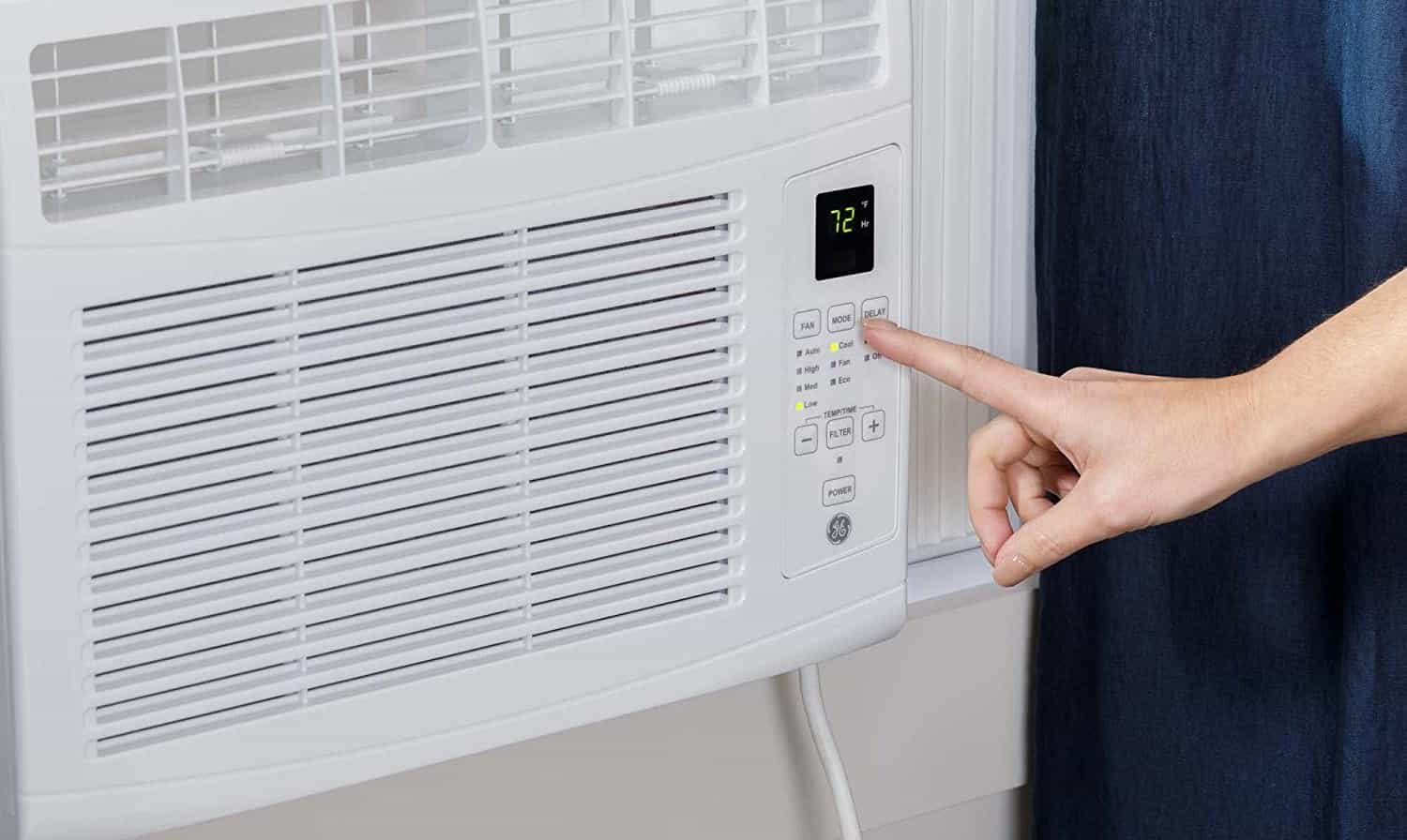













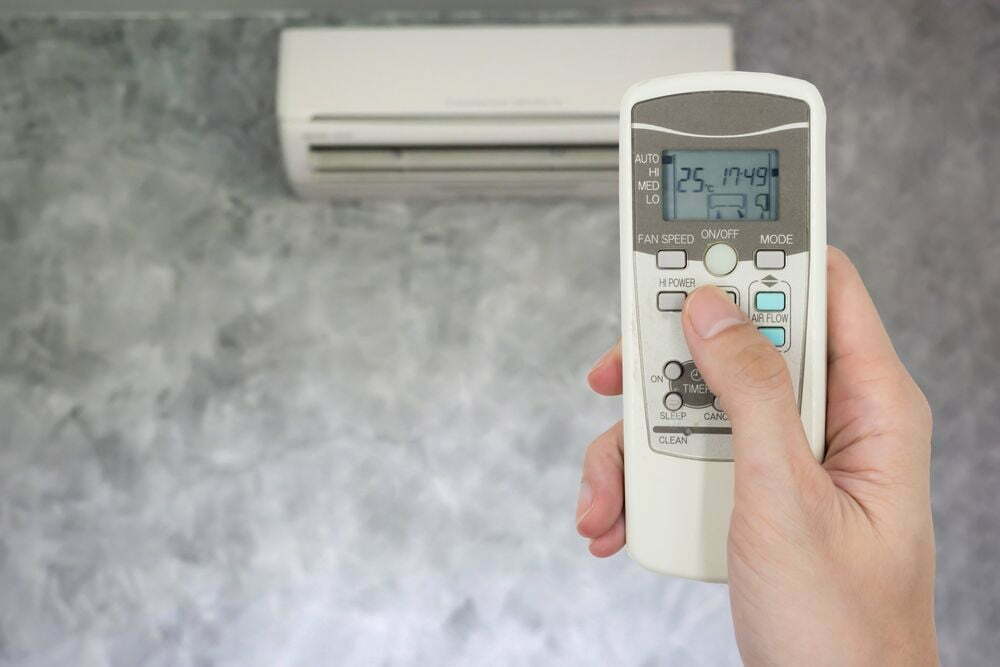
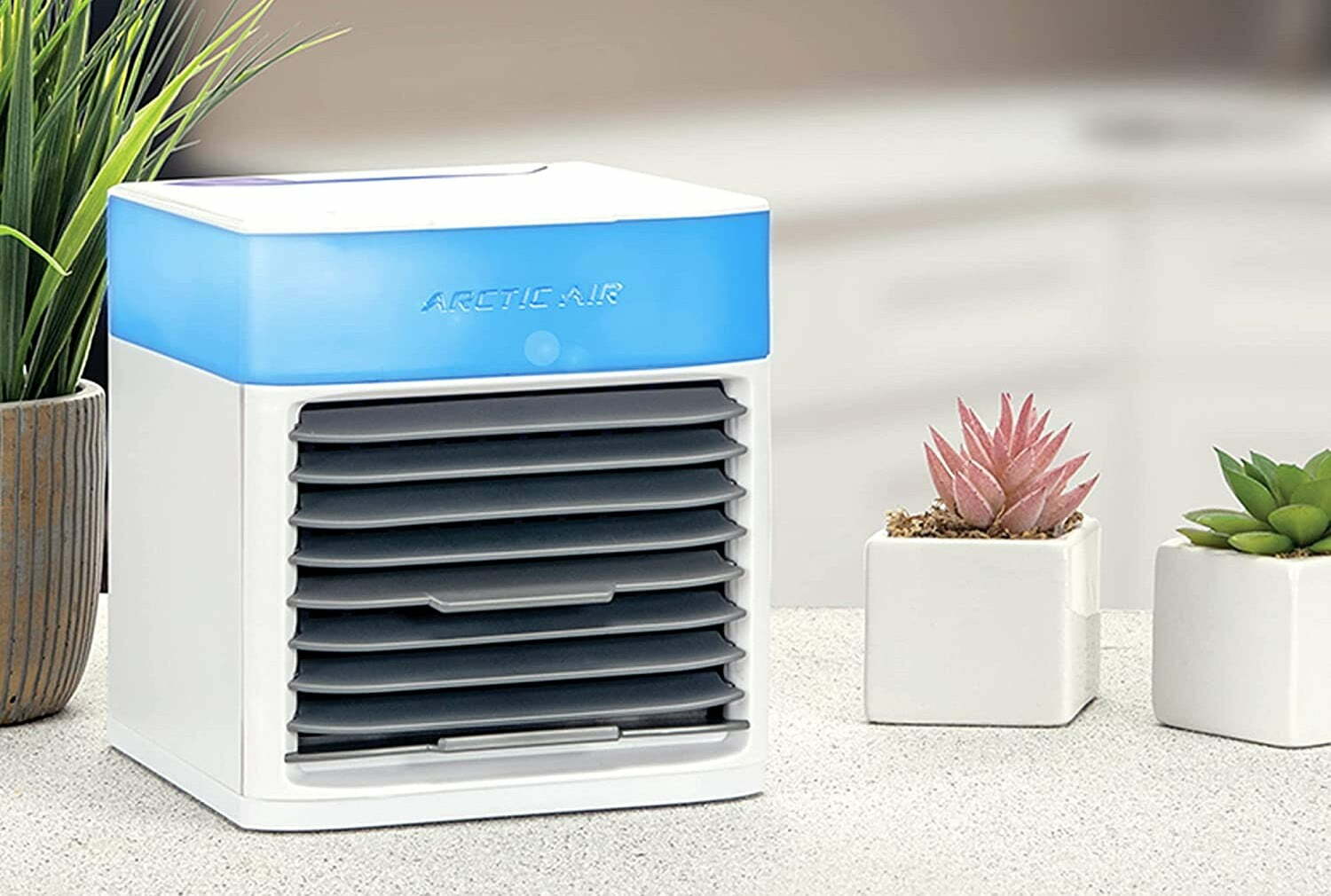
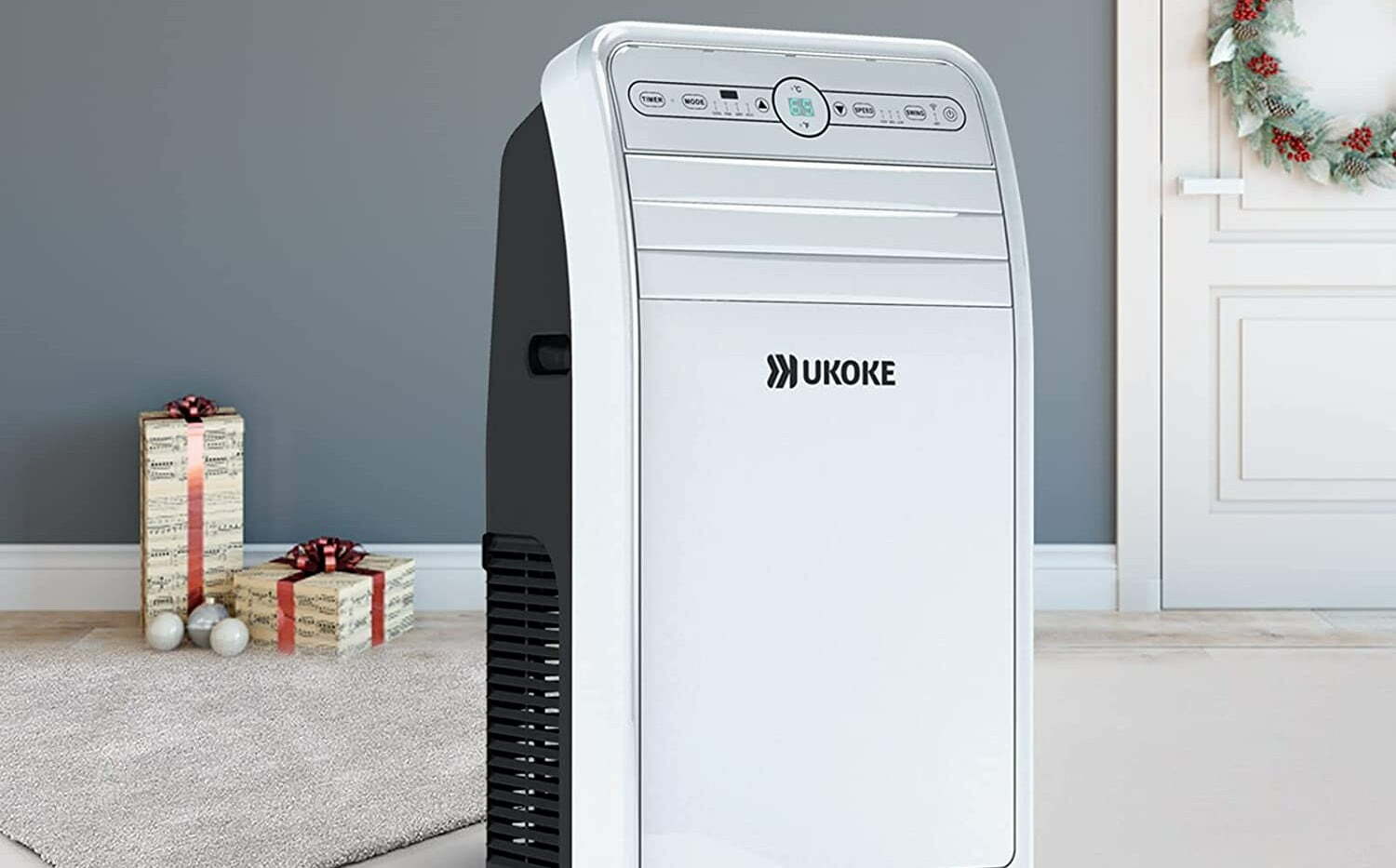
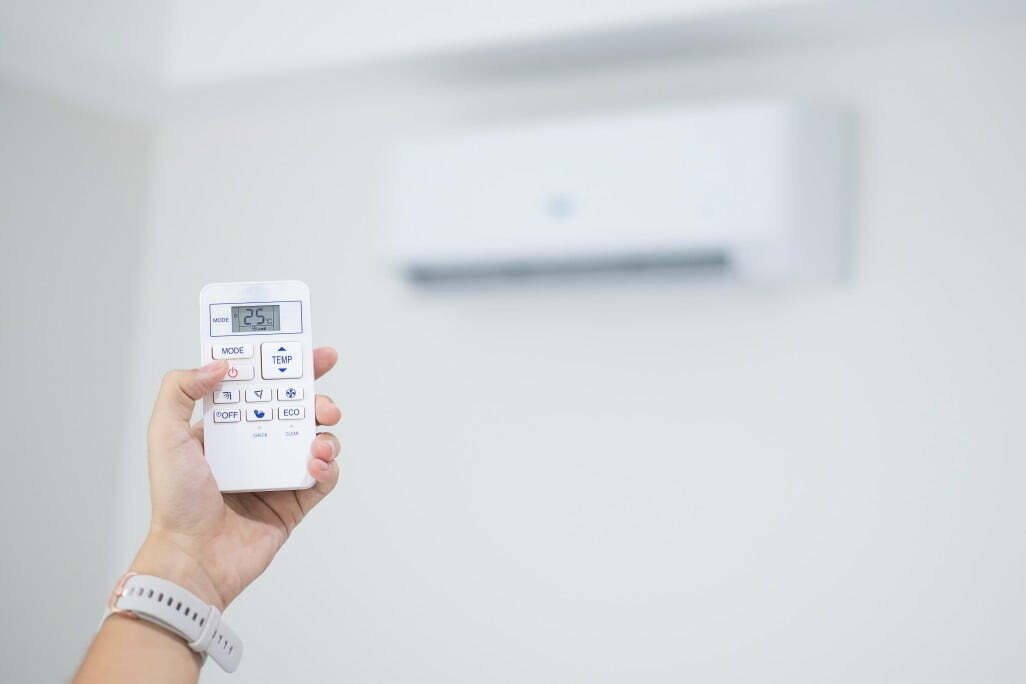
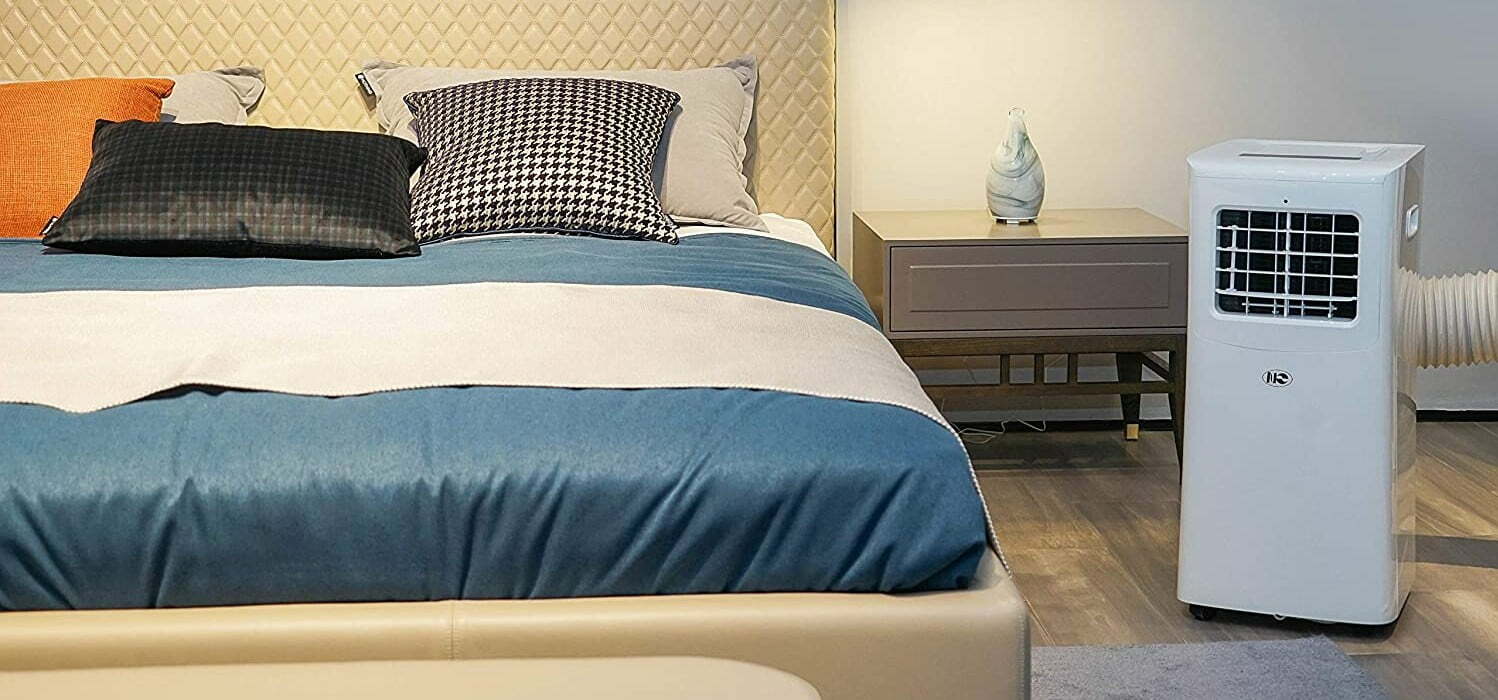
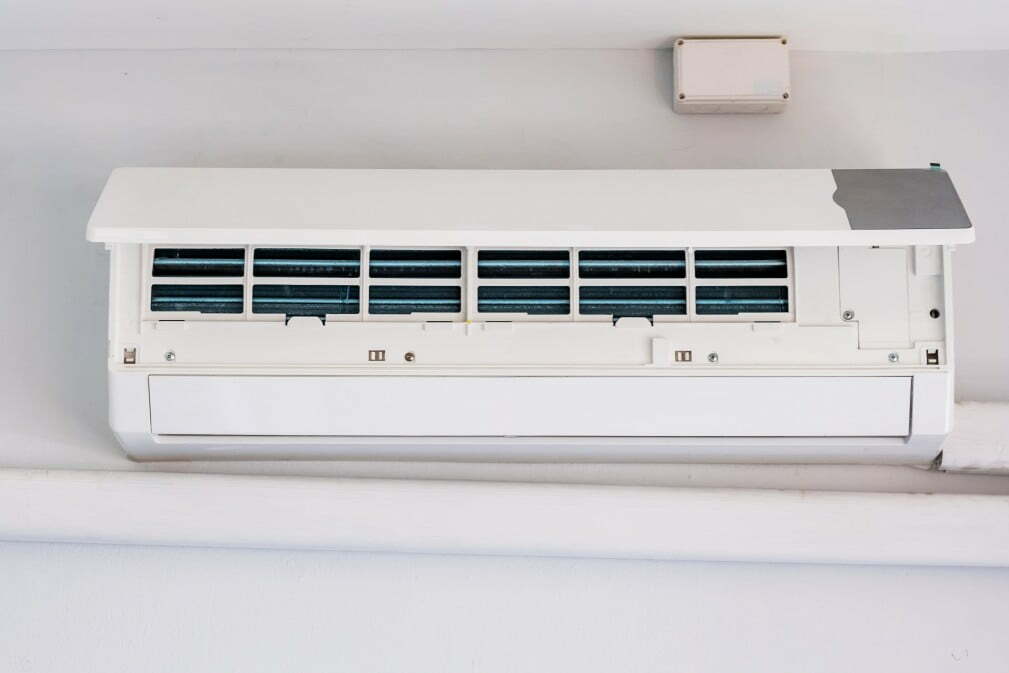
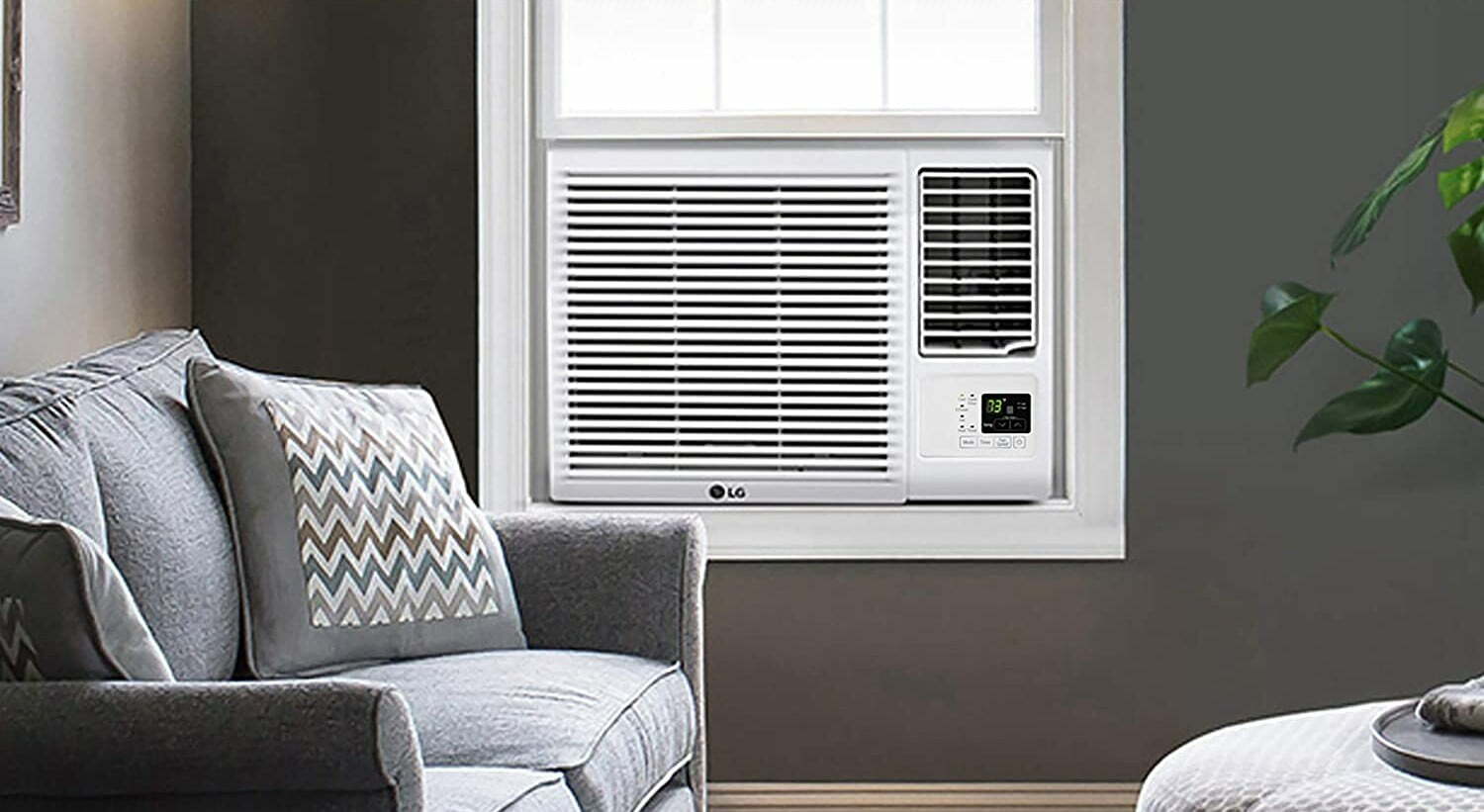
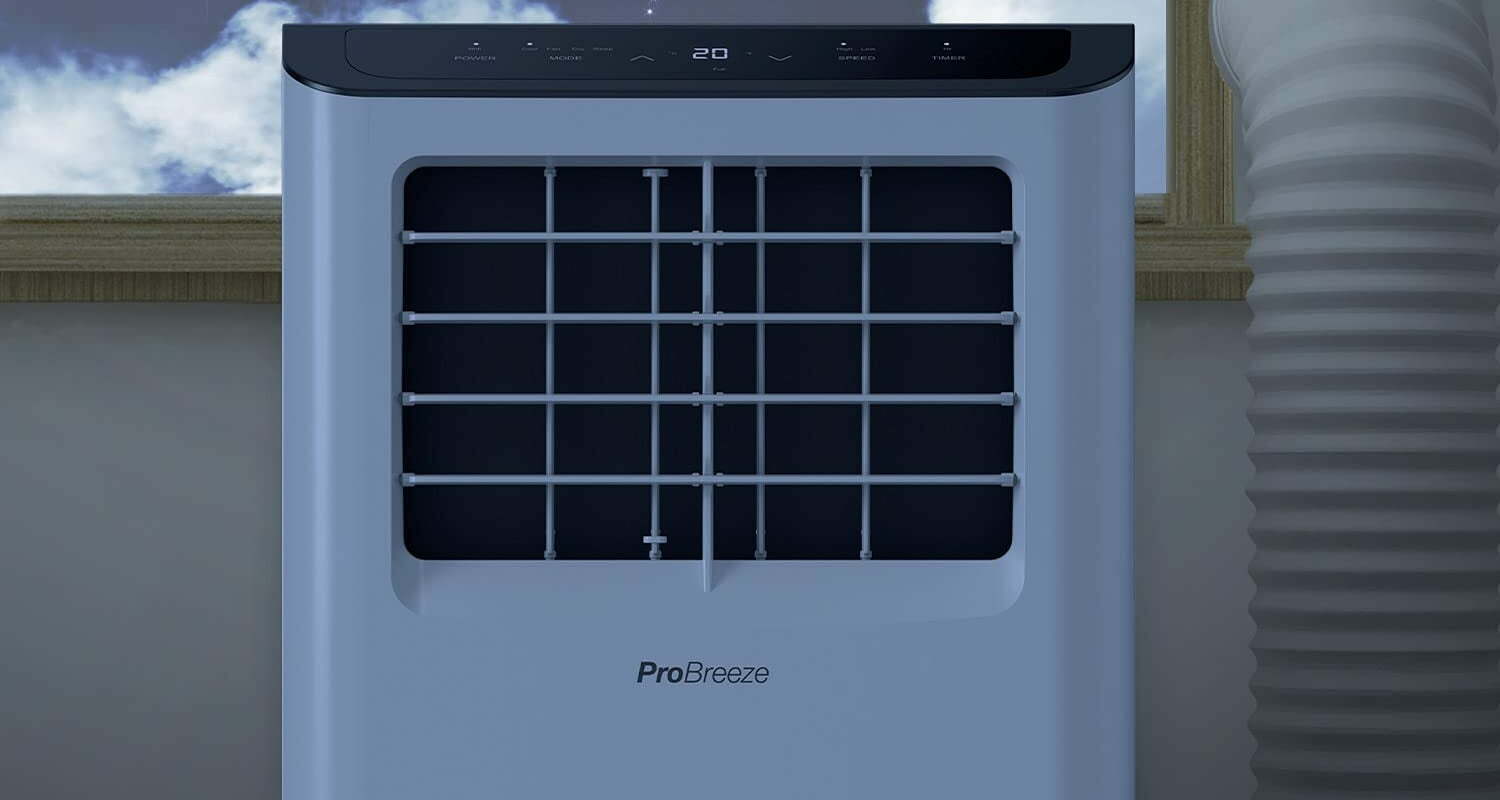


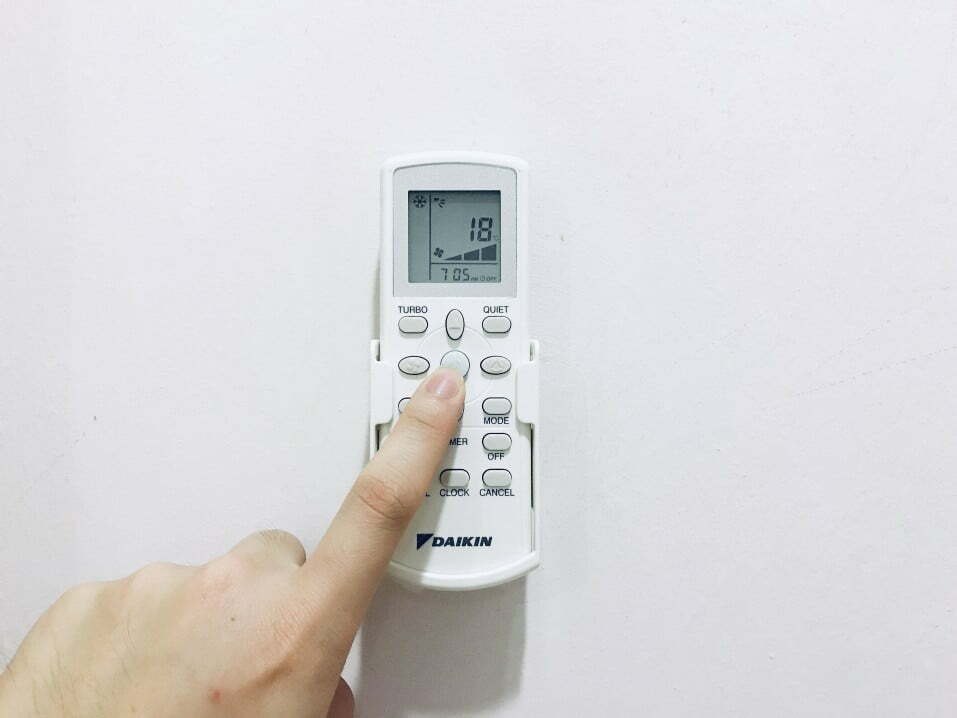
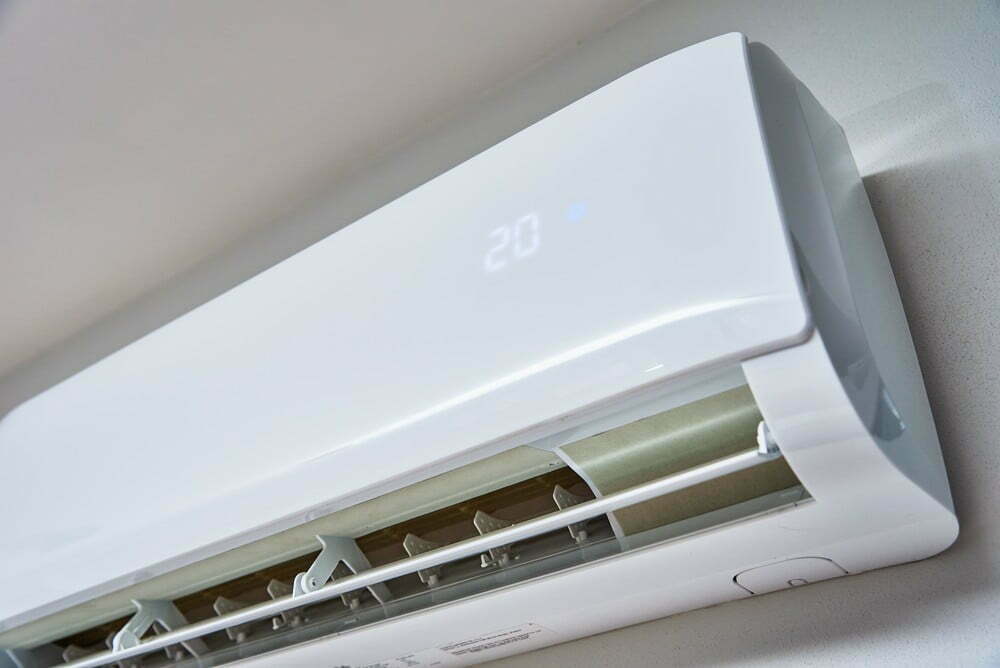

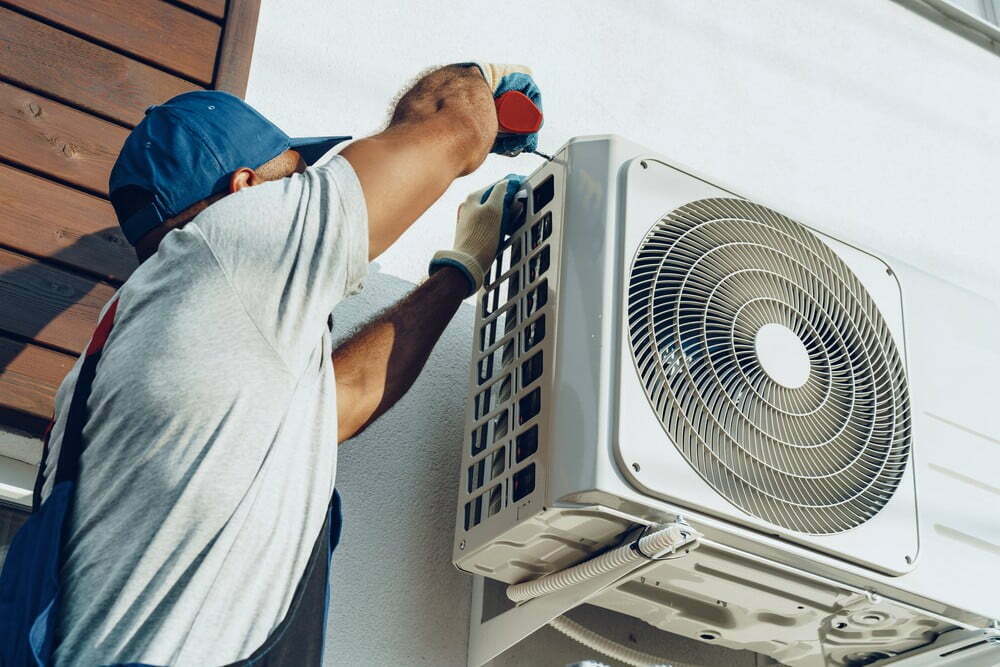
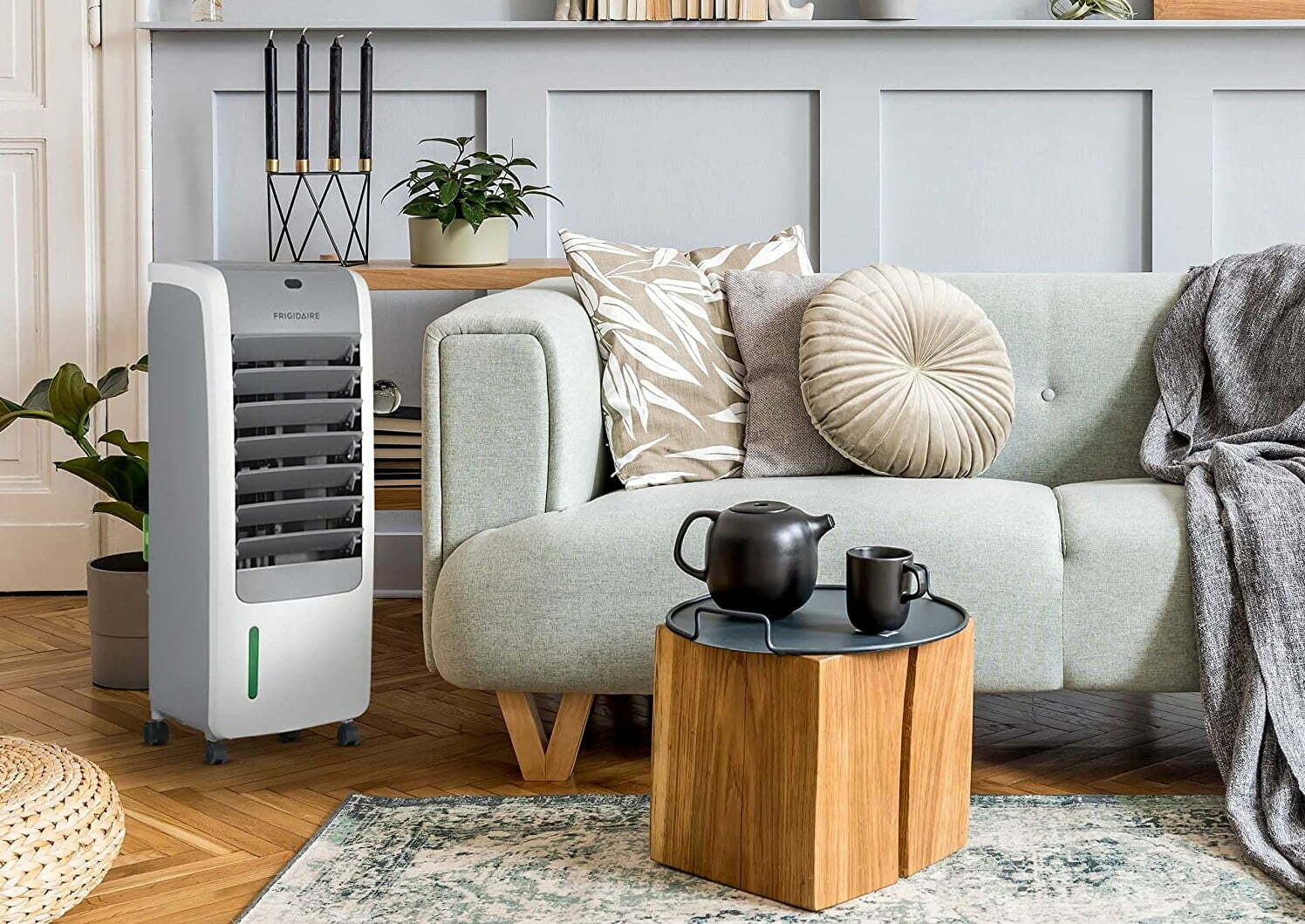
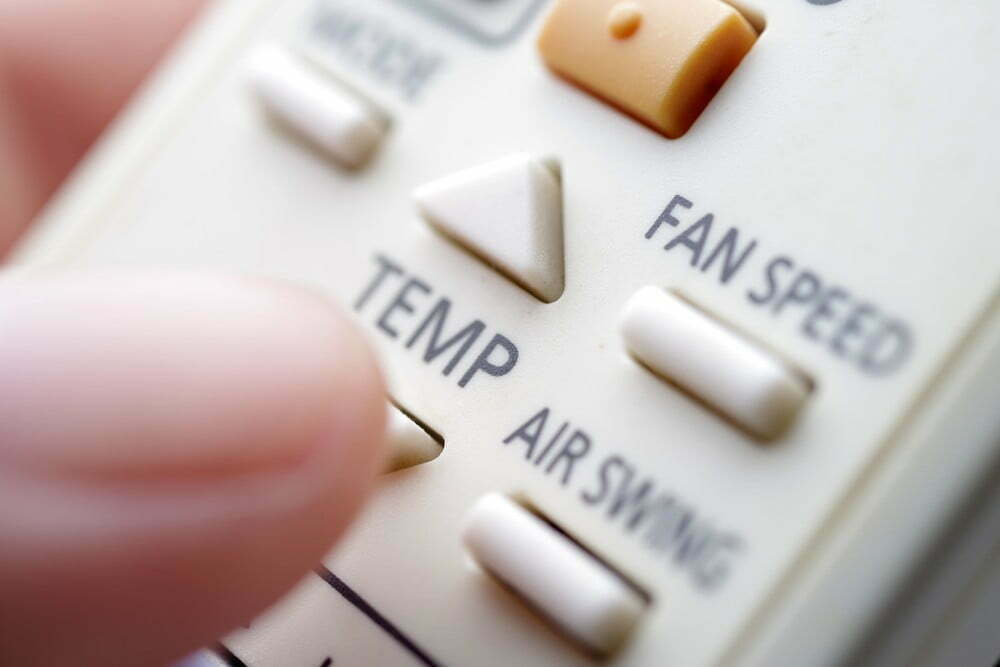
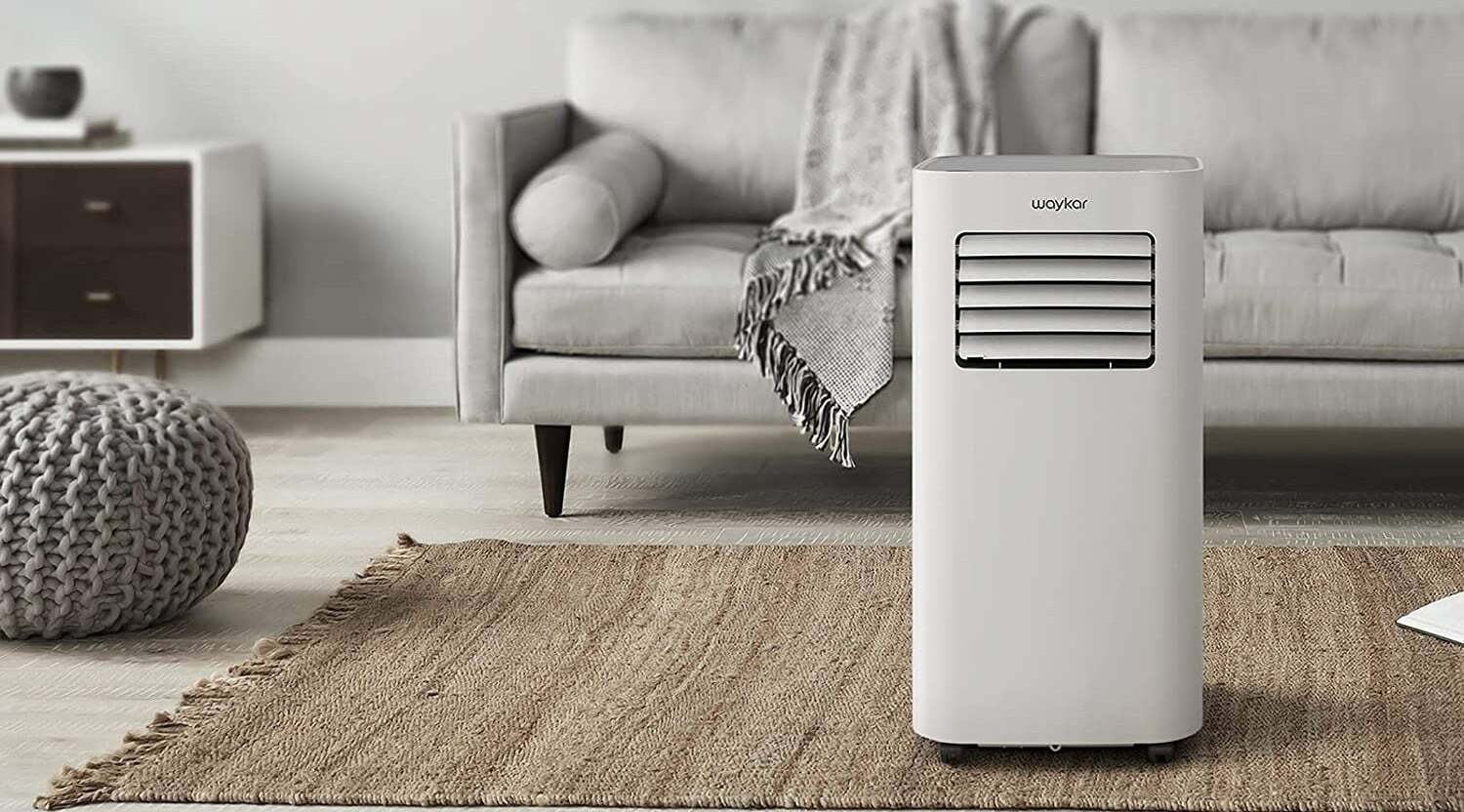
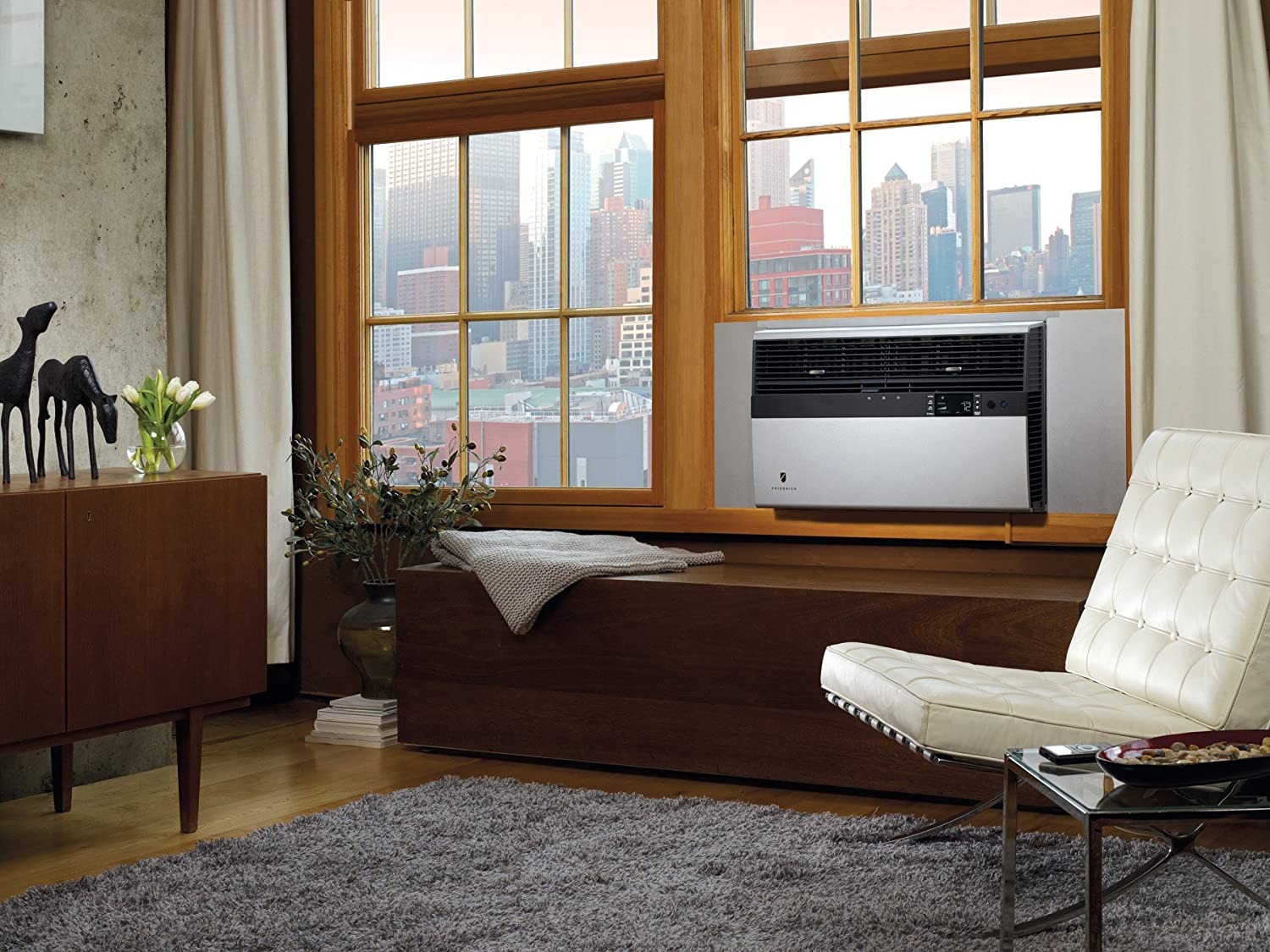

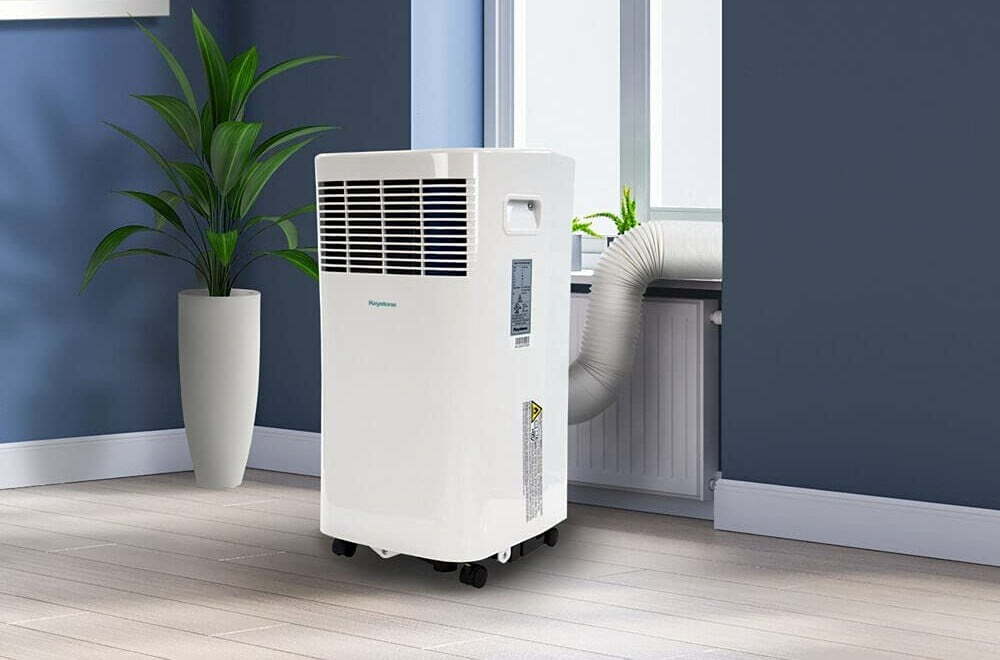
![Best Air Conditioners in [year] ([month] Reviews) 27 Best Air Conditioners in 2025 (December Reviews)](https://www.gadgetreview.dev/wp-content/uploads/best-air-conditioners-image.jpg)
![Quietest Through The Wall Air Conditioners in [year] 28 Quietest Through The Wall Air Conditioners in 2025](https://www.gadgetreview.dev/wp-content/uploads/quietest-through-the-wall-air-conditioner-image.jpg)
![Best 10000 BTU Air Conditioners in [year] 29 Best 10000 BTU Air Conditioners in 2025](https://www.gadgetreview.dev/wp-content/uploads/best-10000-btu-air-conditioner-image.jpg)
![Best 15000 BTU Air Conditioners in [year] 30 Best 15000 BTU Air Conditioners in 2025](https://www.gadgetreview.dev/wp-content/uploads/best-15000-btu-air-conditioner-image.jpg)
![Best 15000 BTU Window Air Conditioners in [year] 31 Best 15000 BTU Window Air Conditioners in 2025](https://www.gadgetreview.dev/wp-content/uploads/best-15000-btu-window-air-conditioner-image.jpg)
![Best 12000 BTU Air Conditioners in [year] 32 Best 12000 BTU Air Conditioners in 2025](https://www.gadgetreview.dev/wp-content/uploads/best-12000-btu-air-conditioner-image.jpg)
![Best Photocatalytic Oxidation Air Purifiers in [year] 33 Best Photocatalytic Oxidation Air Purifiers in 2025](https://www.gadgetreview.dev/wp-content/uploads/best-photocatalytic-oxidation-air-purifier-image.jpg)
![Best Ventless Portable Air Conditioners in [year] 34 Best Ventless Portable Air Conditioners in 2025](https://www.gadgetreview.dev/wp-content/uploads/best-ventless-portable-air-conditioner-image.jpg)
![Best Window Air Conditioners with Heat in [year] 35 Best Window Air Conditioners with Heat in 2025](https://www.gadgetreview.dev/wp-content/uploads/best-window-air-conditioner-with-heat-image.jpg)
![Best Inverter Air Conditioners in [year] 36 Best Inverter Air Conditioners in 2025](https://www.gadgetreview.dev/wp-content/uploads/best-inverter-ac-image.jpg)
![Best HEPA Air Purifiers in [year] 37 Best HEPA Air Purifiers in 2025](https://www.gadgetreview.dev/wp-content/uploads/best-hepa-air-purifier-image.jpg)
![Best Quiet Window Air Conditioners in [year] 38 Best Quiet Window Air Conditioners in 2025](https://www.gadgetreview.dev/wp-content/uploads/quiet-window-air-conditioner-image.jpg)
![Best Energy Efficient Window Air Conditioners in [year] 39 Best Energy Efficient Window Air Conditioners in 2025](https://www.gadgetreview.dev/wp-content/uploads/best-energy-efficient-window-air-conditioner-image.jpg)
![Best Quiet Portable Air Conditioners in [year] 40 Best Quiet Portable Air Conditioners in 2025](https://www.gadgetreview.dev/wp-content/uploads/quiet-portable-air-conditioner-image.jpg)
![Best 6000 BTU Air Conditioners in [year] 41 Best 6000 BTU Air Conditioners in 2025](https://www.gadgetreview.dev/wp-content/uploads/best-6000-btu-air-conditioner-image.jpg)
![Best 8000 BTU Air Conditioners in [year] 42 Best 8000 BTU Air Conditioners in 2025](https://www.gadgetreview.dev/wp-content/uploads/best-8000-btu-air-conditioner-image.jpg)
![Best Small Window Air Conditioner in [year] 43 Best Small Window Air Conditioner in 2025](https://www.gadgetreview.dev/wp-content/uploads/best-small-window-air-conditioner-image.jpg)
![Best 5000 BTU Air Conditioners in [year] 44 Best 5000 BTU Air Conditioners in 2025](https://www.gadgetreview.dev/wp-content/uploads/best-5000-btu-air-conditioner.jpg)
![Best Mini Split in [year] 45 Best Mini Split in 2025](https://www.gadgetreview.dev/wp-content/uploads/best-ductless-mini-split-air-conditioner-image.jpg)
![10 Best Portable Air Conditioners and Heaters in [year] 46 10 Best Portable Air Conditioners and Heaters in 2025](https://www.gadgetreview.dev/wp-content/uploads/best-portable-air-conditioner-and-heater-image.jpg)
